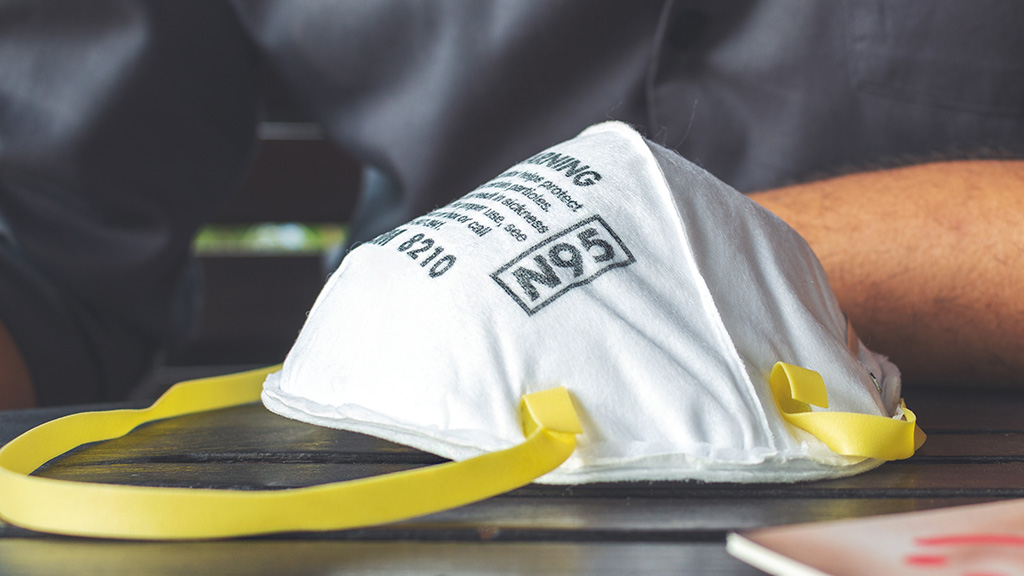
Were the cloth masks just for psychological training purposes to get us to the main course of obsequious servitude to the gods of Fauci?
It took nearly two years, but the “public health experts” are finally admitting what industrial hygienists knew from day one: Masks do not work against airborne viruses. Yet rather than immediately remove these draconian restrictions – including masking 2-year-olds on airplanes and schoolchildren for hours on end in many states – they are seamlessly gliding into the new position of promoting N95 respirators. Following the inveterate patterns of the past two years, they use the failure of their first position to their advantage to further panic people into blindly following their next recommendation … until that becomes a mandate as well.
On Jan. 2, former FDA administrator Scott Gottlieb, the media’s go-to “expert” on all things pandemic, admitted what we all knew since 2020 but that got us banned from social media for saying so. “Cloth masks aren’t going to provide a lot of protection, that’s the bottom line,” said Gottlieb on Meet the Press. “This is an airborne illness. We now understand that, and a cloth mask is not going to protect you from a virus that spreads through airborne transmission.”
Well, some of us knew that early on in the pandemic.
Two days later, the New York Times ran an article telling people where to get N95s, states began mailing out N95 variations, and the CDC put out a new message, which between the lines, gives the impression that if you are not wearing an N95, you don’t really have protection. The Biden administration plans to distribute millions of them to local pharmacies. But is there really any evidence that the same people who were wrong about masks are now suddenly connected to God’s word when it comes to respirators? And who says it is safe for people to wear something like that for long periods of time, which until now required rigorous testing, medical exams, and training?
Yes, N95s, unlike masks, actually meet the standard for PPE in hazardous environments. But for which sort of hazard? Not an airborne respiratory virus. Stephen Petty, a certified industrial hygienist and hazardous exposure expert, sent me a copy of an N95 usage label made by 3M that he enlarged into an infographic. It turns out the company’s own disclosure blows up the myth of using an N95 for viral protection.
The label confirms what everyone understood prior to the mask mania of COVID: Neither masks nor N95 respirators can stop aerosols, certainly not viral ones, which are much smaller than bacteria. What’s truly revealing is that the label recommends against relying on them for source protection even against asbestos particles, which are on average 5 microns – 50 times larger than SARS-CoV-2 virions.
A large randomized controlled trial published just months before the discovery of SARS-CoV-2 — before masking became a political and social control tool — showed no benefit to N95s over surgical masks in terms of protection against the flu. “Among outpatient health care personnel, N95 respirators vs medical masks as worn by participants in this trial resulted in no significant difference in the incidence of laboratory-confirmed influenza,” concluded the authors of the large trial, published in JAMA on Sept. 3, 2019.
Also, remember, that most people are not wearing sealed N95s. They wear the respirators loosely on their faces as they do surgical masks. Also, many of them are the Chinese version KN95s. Even the CDC admits, “About 60% of KN95 respirators NIOSH evaluated during the COVID-19 pandemic in 2020 and 2021 did not meet the requirements that they intended to meet.”
Fair use excerpt. Read the rest here.


